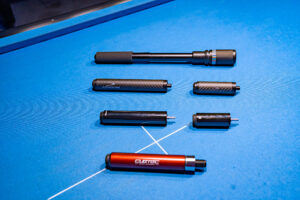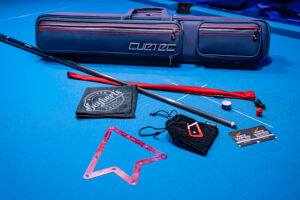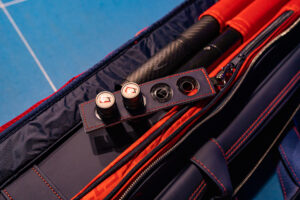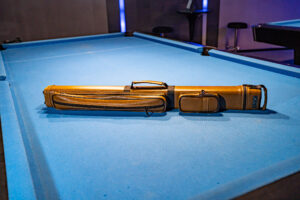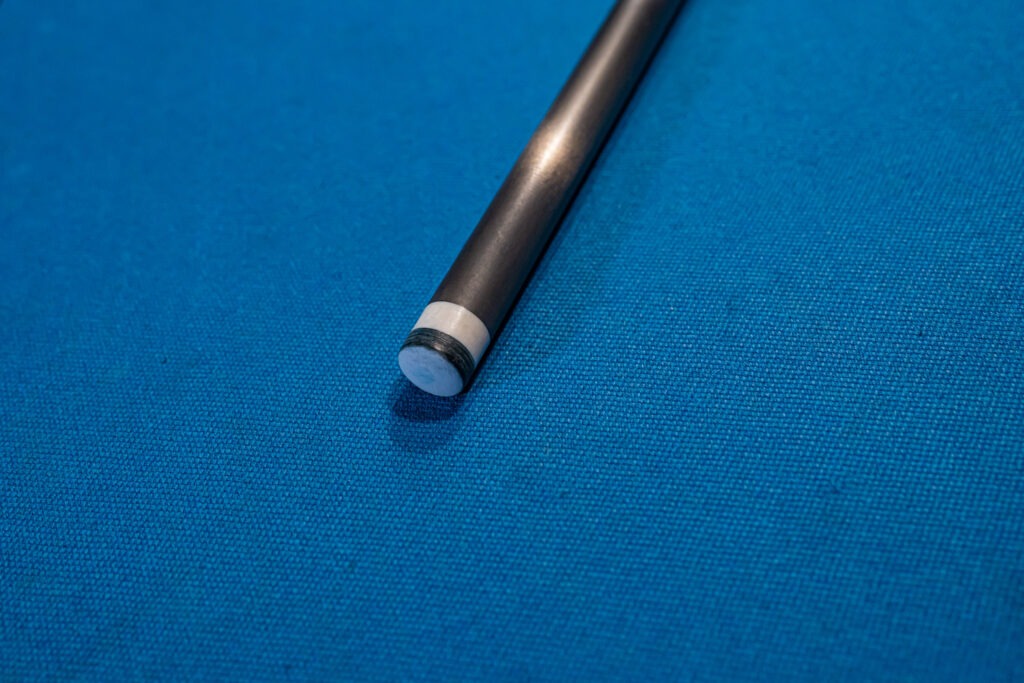
Kamui Black Soft Medium Tip on a Cuetec Cynergy shaft
Have you ever wondered how to improve your performance on the pool table?
Have you asked yourself how a player can make difficult shots look extremely easy and wondered how to do that yourself?
In this article, we are going to examine one of the most important aspects of pool cue equipment that could change the way you are able to play and control the cue ball forever.
After reading the following material you will know what is a soft pool cue tip and whether or not you need to use one.
So, what is a soft pool cue tip?
A soft pool cue tip refers to the type of material and density used in the construction of the cue tip. The tip is the part of the cue that comes into direct contact with the cue ball, influencing how the cue ball is struck and ultimately how it behaves during a shot.
Materials:
Soft pool cue tips are typically made from materials like leather or layered leather. The most common leather used is pigskin or cowhide. Layered leather tips are created by stacking thin layers of leather and gluing them together. The layering process can affect the density of the tip.
Advantages:
Increased Spin: Soft tips have more “give” or compression, allowing for more contact time between the cue tip and the cue ball. This increased contact time can lead to greater spin or English on the cue ball.
- -Better for English and Control: Soft tips tend to grip the cue ball more, making it easier for players to apply side spin (English) and control the direction of the cue ball.
- -Enhanced Feel: Many players appreciate the softer feel of a soft tip, as it provides a certain level of feedback during a shot.
Disadvantages:
- -Reduced Power: Soft tips may absorb more energy, leading to a slightly reduced transfer of power from the cue to the cue ball. Players who rely on a powerful break may prefer harder tips.
- -Wear and Mushrooming: Soft tips can wear out faster than harder tips, and they are more prone to mushrooming (flattening and spreading of the tip material beyond the ferrule). Regular maintenance is crucial to address these issues.
Maintenance:
Maintaining a soft pool cue tip involves a few key practices:
- – Shape Maintenance: Regularly shape the tip to maintain its curvature. This can be done using a tip shaper or scuffer. Please note, that the shape of the curvature is extremely important for proper contact between the tip and the ball. A flat tip would affect your shots negatively.
- -Cleaning: Keep the tip clean by using a tip burnisher or fine sandpaper. This removes chalk buildup and ensures consistent contact with the cue ball. It is advisory to have a tip burnisher in order to keep the performance of your cue tip at a high level. Please keep in mind that the frequency you use such equipment depends on how often you play.
- -Replacement: Soft tips may wear out faster, so it’s essential to monitor their condition and replace them when necessary. Usually the tip needs to be replaced when you can no longer maintain the desired curvature.
Humidity and Performance:
Humidity can play a significant role in the performance of a soft pool cue tip. Changes in humidity can cause the leather to expand or contract, affecting the tip’s hardness. In high humidity, leather tips may absorb moisture and become softer, while in low humidity, they may dry out and become harder. Players often need to adjust their playing style or even consider using a different tip hardness based on the environmental conditions.
A pool tip protector is a great option in order to keep your cue tip from external weather conditions and their cost can vary between $1 and $5 which is an extremely low investment for their function.
In conclusion, choosing a soft pool cue tip depends on individual preferences, playing style, and skill level. Regular maintenance and awareness of environmental conditions are essential for optimizing performance and extending the life of the cue tip.
Now, you are aware of what a soft pool cue tip bring to the table and I hope that you have found this article helpful.


